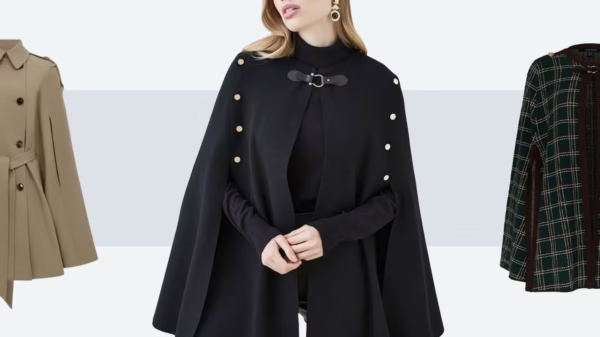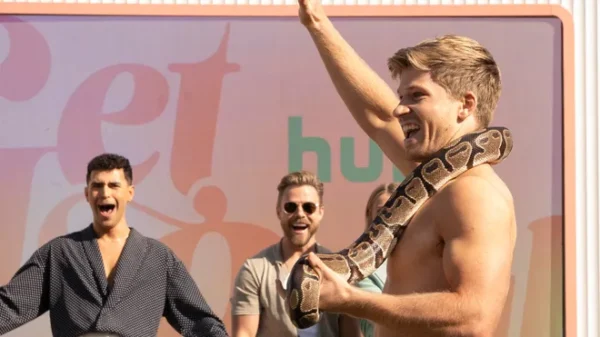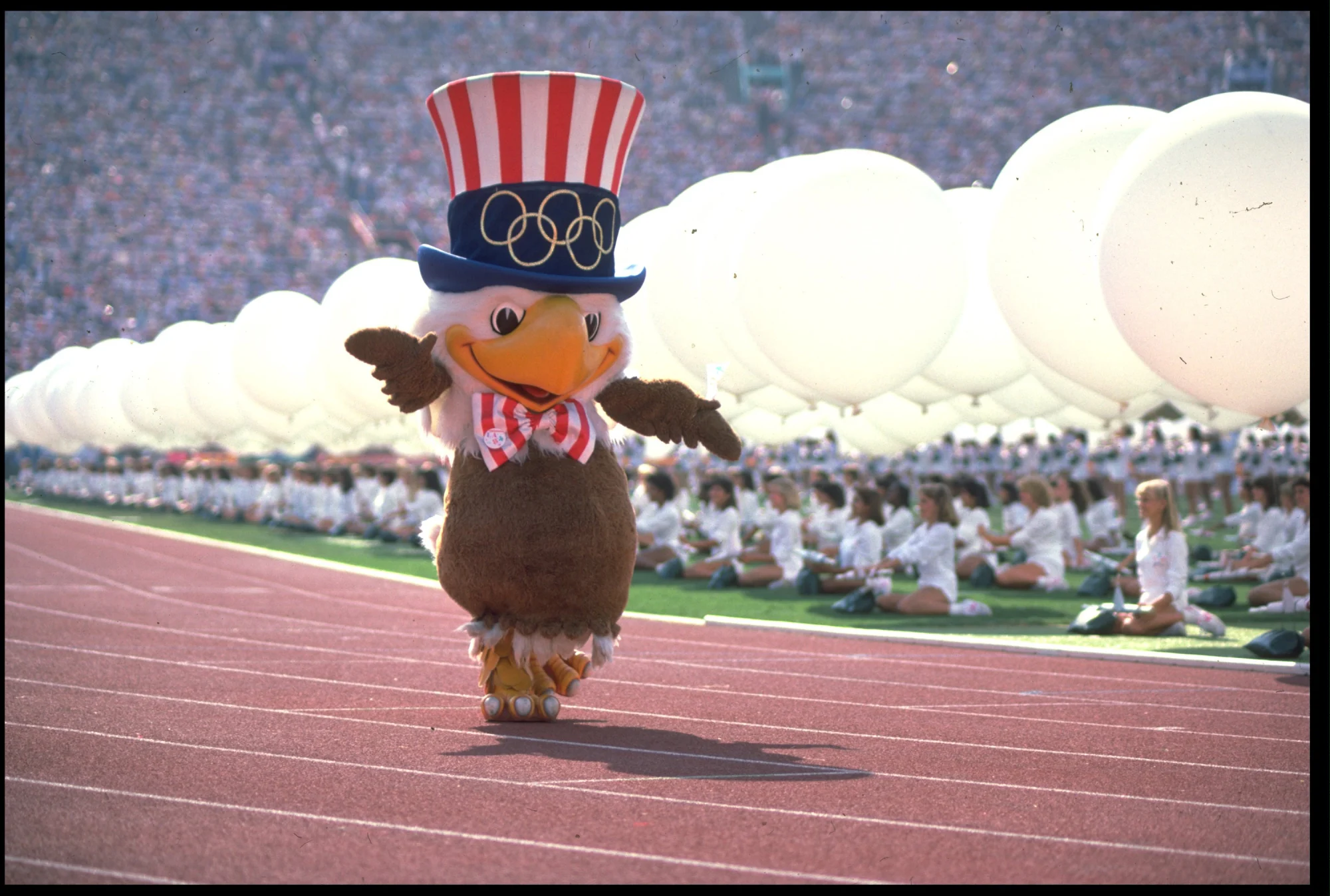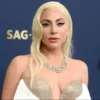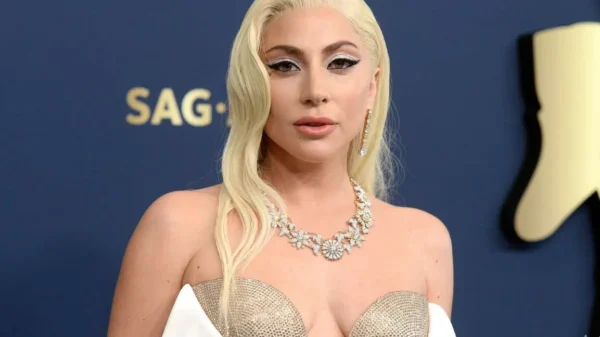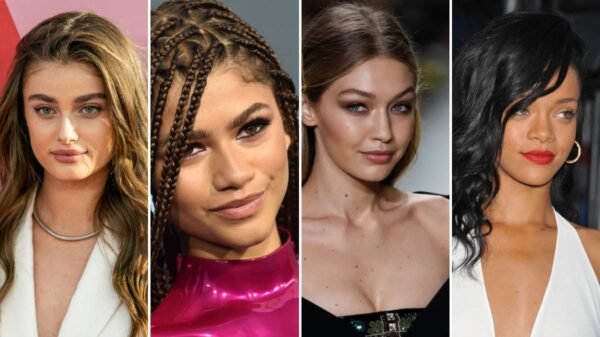The Evolution of Olympic Mascots
The history of Olympic mascots began with the 1972 Munich Olympics, where Waldi the dachshund made his debut as the first official mascot. Waldi was chosen not only for his charm but also to symbolize the endurance, agility, and tenacity of athletes. This marked the beginning of a tradition where mascots serve as cultural ambassadors, representing the host city’s spirit and values.
Following Waldi, the 1980 Moscow Olympics introduced Misha the bear, an instantly beloved character who captured hearts worldwide. Misha exemplified Russian hospitality and friendliness, becoming a symbol of the Soviet Union’s image during the games. Four years later, Sam the Eagle took center stage at the 1984 Los Angeles Olympics. With his patriotic design, Sam embodied American pride and optimism, reflecting the host nation’s values and aspirations.
As the years progressed, mascot designs continued to evolve, becoming more intricate and reflective of contemporary culture and technology. For instance, the 1992 Barcelona Olympics featured Cobi, an abstract sheepdog designed by Javier Mariscal, symbolizing creativity and modern art. Fast forward to the 2020 Tokyo Olympics, and we see Miraitowa, a futuristic character representing both tradition and innovation, embodying Japan’s vision and forward-thinking approach.
The evolution of Olympic mascots highlights a shift from simple and endearing characters to more sophisticated and sometimes controversial choices. Each mascot not only brings a unique personality to the games but also provides insight into the culture and values of the host city and country. As we look back at the history of Olympic mascots, it is clear that these characters have become an integral part of the Olympic tradition, creatively capturing the essence of each event and leaving a lasting legacy.
The Impact and Importance of Olympic Mascots
Olympic mascots play a crucial role beyond their initial appearance as charming characters. They are emblematic representations of the host city and the spirit of the Games, encapsulating key themes and messages that resonate on a global scale. These mascots become symbols of the Olympic Games, embodying the cultural identity and heritage of the host nation. The process of selecting and designing a mascot is meticulously detailed, often involving years of planning and collaboration among designers, marketing experts, and local communities to ensure the chosen mascot reflects the intended values and aesthetic.
One of the primary functions of Olympic mascots is their involvement in marketing and branding. Mascots appear on a wide range of merchandise, from plush toys to clothing, and feature prominently in media campaigns and promotional materials. This extensive visibility helps to generate excitement and foster a sense of unity among spectators and participants alike. The commercial impact of mascots is significant, as their image is leveraged to boost sales and enhance the overall branding of the Games.
Beyond their commercial and symbolic roles, mascots have the power to evoke strong emotional responses. They can engender a sense of affection and pride among the local population, while also captivating the global audience. However, not all mascots are universally loved; some have faced criticism and controversy. For instance, Wenlock and Mandeville, the mascots of the London 2012 Olympics, received mixed reactions due to their unconventional design. Conversely, the Soohorang and Bandabi mascots of the PyeongChang 2018 Winter Olympics were widely celebrated for their cultural significance and appealing design.
Ultimately, Olympic mascots are more than mere figures; they are integral components of the Games’ narrative and identity. Their design and reception can significantly influence public perception and engagement, making the selection and creation of these mascots a task of paramount importance.





